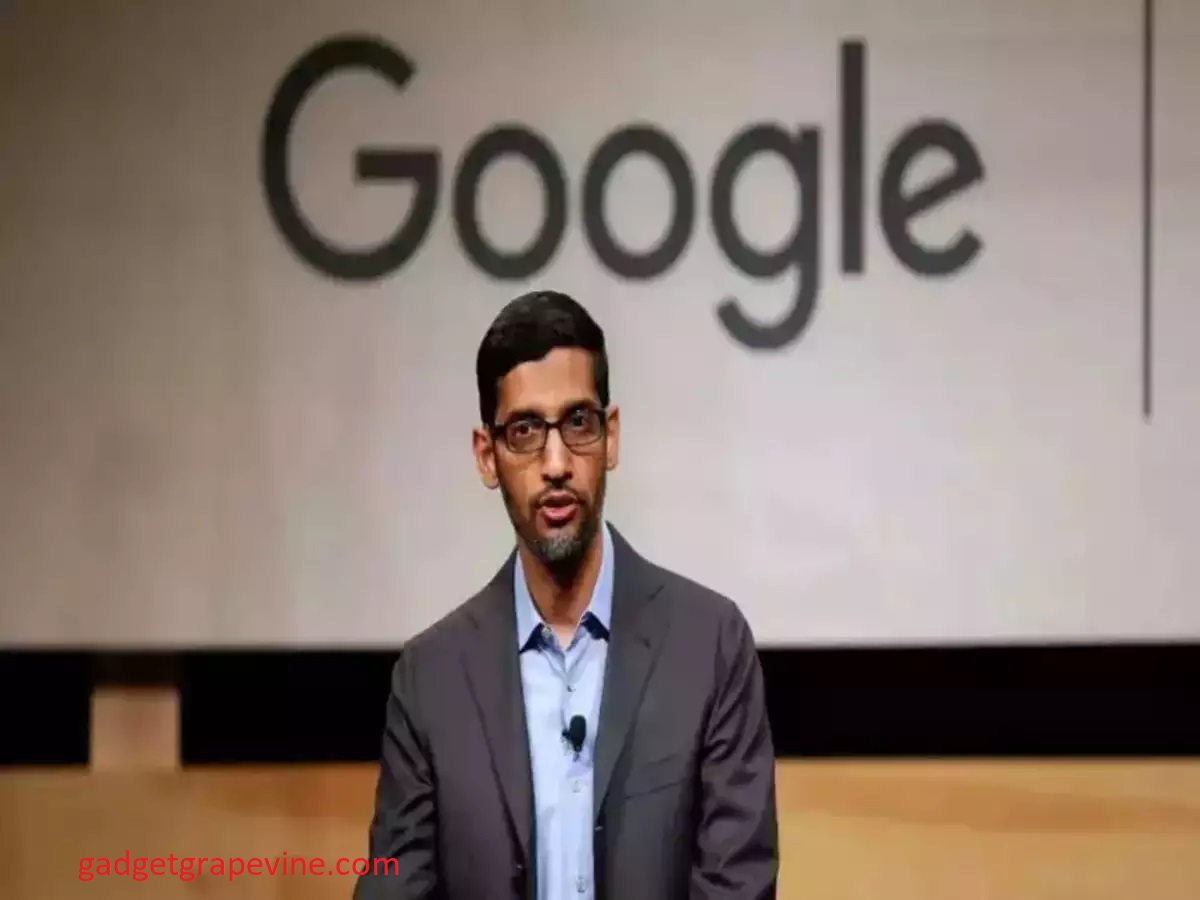On the morning of April 17, a few students set up tents at Columbia University to protest against Israeli military operations in Gaza, urging the university to sever ties with businesses believed to be supporting the conflict.
This demonstration coincided with Columbia President Minouche Shafik’s visit to Capitol Hill, where she was questioned by Congress about antisemitism on campus and her response to it.
During nearly four hours of testimony, Shafik affirmed her commitment to enforcing university policies against violations.
The situation escalated the following day when Shafik declared that the protesting students were trespassing, refusing to leave, and had created a hostile environment for others.

Her decision to involve the NYPD led to the arrest of over 100 students, marking the first mass arrests at Columbia since the Vietnam War protests decades ago.
Rashida Mustafa, a doctoral student, expressed shock and a renewed commitment to activism in response to these arrests.
The initial protest quickly expanded as another camp was established nearby, growing larger with donated food, live entertainment, and increased security measures.
Soon, similar protests erupted at Yale University and other campuses nationwide, highlighting widespread student dissatisfaction with how Israel’s actions in Gaza were being perceived and handled.
These protests have raised critical questions for university administrators about balancing freedom of speech and the safety of students.
The arrests of nearly 50 students at Yale further emphasized the tension between peaceful protest and administrative intervention.

These events come in the context of ongoing Gaza war protests on U.S. campuses triggered by a Hamas attack on Israel on October 7, which resulted in significant casualties and escalated the conflict.
The past ten days have seen intensified protests across the U.S., fueled by clashes and arrests following the initial camp clearance at Columbia.
The protest camps have called for universities to divest from companies linked to the conflict in Gaza, cut academic ties with Israeli institutions, and advocate for a ceasefire.
Amid these protests, some Jewish students and faculty have voiced concerns about their safety, citing incidents of discrimination and harassment.
This movement has drawn attention from political figures like Representative Ilhan Omar, who criticized Columbia’s response and highlighted the national and international spread of the protests.
The involvement of police at these protests is seen by many as a catalyst for continued activism, reminiscent of the anti-Vietnam War demonstrations.
This resurgence of campus activism not only reflects the historical echoes of the 1960s but also adds to the political pressures facing President Joe Biden, particularly with his administration’s support for Israel as he seeks re-election.

The potential for large-scale demonstrations at the upcoming Democratic National Convention in Chicago further underscores the significant impact of these student protests on U.S. political and social discourse.
The ongoing student protests have not only reignited debates about university policies and the limits of protest but have also stirred significant discourse on the international stage.
As the movement grows, it connects with broader issues of global conflict, human rights, and the role of higher education institutions in political and social activism.
At the heart of the protests is a deepening concern over the humanitarian impact of the Gaza conflict.
The demonstrators, including many Jewish students, emphasize the civilian casualties and the urgent need for peace, challenging the narrative that aligns them with antisemitism.
They argue that their activism is rooted in justice and peace rather than religious or ethnic divisions.
The response from university administrations across the country has varied. Some have sought to negotiate with protesters to find a middle ground, while others have taken more stringent measures to disband demonstrations, often citing safety concerns.
These actions have sometimes led to further unrest and criticism, as seen in the viral incident at Emory University where a female professor was forcefully detained by police, sparking widespread outrage.
This complex web of campus unrest, administrative responses, and political implications highlights the challenging balance between maintaining order and respecting the right to protest.
It also raises questions about the effectiveness of such protests in driving change, both within university settings and broader societal contexts.
Amidst this turmoil, the role of social media has been pivotal. Images and videos of the protests and police actions spread quickly, amplifying the message of the demonstrators and drawing more attention to their cause.
This has helped to mobilize support but has also led to misinformation and heightened tensions.
The involvement of political figures like Ilhan Omar and the widespread media coverage underscore the significance of these protests in the national dialogue.
These developments suggest a shift towards more active and visible student involvement in political issues, reminiscent of the activism seen during the 1960s.
As universities continue to grapple with these issues, the dialogue around free speech, the right to protest, and institutional accountability grows more urgent.
How universities respond to these challenges could reshape the landscape of campus activism and influence broader societal norms and policies regarding freedom of expression and human rights.
The unfolding events at Columbia University and beyond serve as a stark reminder of the power of student activism and its potential to influence not just university policies but also national and international perspectives on complex global issues.
As this movement continues to evolve, it will undoubtedly continue to challenge and perhaps change the dynamics of political engagement in higher education and beyond.
Read More:
3 Chicago men Arrested After Police Recover Stolen Vehicle, Loaded Firearm
BurglarS Allegedly Dug Through the Neighbor of The Apple Store and Stole $500 K Worth of iPhones









